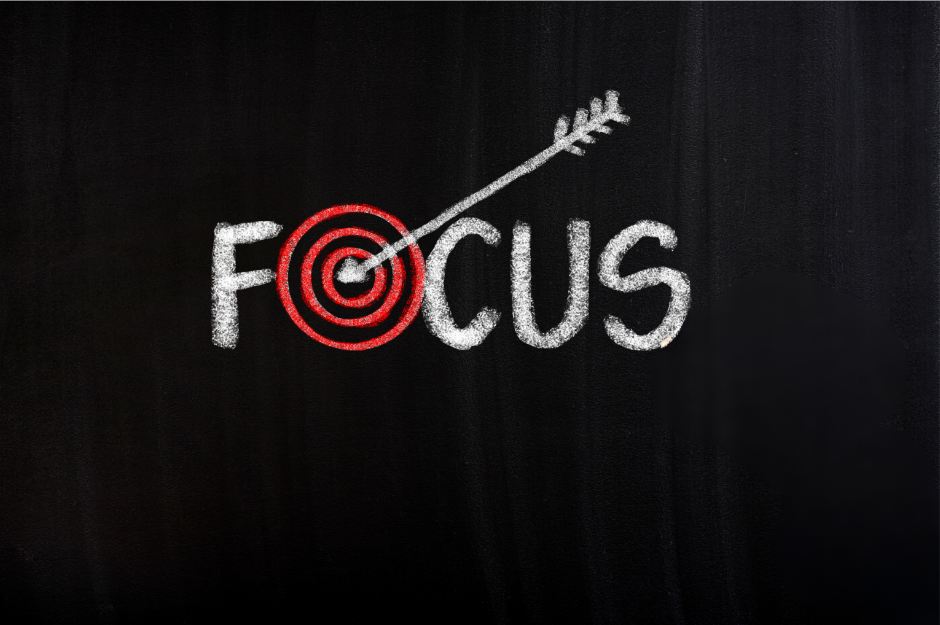Influencer Marketing & Shaping Consumer Behavior

November 5, 2020
By Dan Ward, APR, CPRC
At the end of the day – regardless of market, size or product offering, for-profits and nonprofits alike – every organization wants to do one thing: influence consumer behavior. Designing and executing a holistic communications plan can help achieve that goal and, more often than not, “influencer marketing” comes into play in that plan, and for good reason. Engaging with the right type of influencer (more on that later … ) can help a brand not only tap into the preferences of a targeted group, but it also holds the power to generate action. Not only do 49% of consumers depend on influencer recommendations, but 40% had also purchased something after seeing it on Twitter, YouTube or Instagram.
Plus, effective influencer engagement yields a 5x return on investment, so a proper influencer strategy can have a direct impact on any business owner’s top priority – their bottom line.
At its core, influencer marketing is about making meaningful, authentic connections with a target audience. Those connections, when leveraged appropriately, can influence consumer behavior. And, as the questions that guide our team reflect, the key to success starts with knowing who you want to reach and ends with knowing what you want them to do; so, the classic “what’s in it for me” is pretty much answered when it comes to kicking off an influencer campaign. But – as is true with any communications strategy – it’s crucial your plan is backed by research, keeps the big picture in mind while not letting the details slip and is mapped out for long after a blogger’s on-site visit has come to a close.
So, how do you find the right influencer? How do you set yourself up for success in a new-to-you partnership? And, perhaps most importantly, how do you keep that relationship alive?
Finding & Engaging with the Right Partner for Your Brand
First, let’s focus on ensuring you’ve identified the right audience. In the early stages of influencer marketing research, an easy pitfall is getting distracted by surface-level behavior of the influencers themselves – their personal preferences or styles of communication with their followers – and losing sight of their (and your!) audiences.
Do your homework. If available, seek out an influencer’s recent media kit and check out the latest on their social media feeds. For years, many communications professionals turned to algorithms to help “hack” the disparity between an influencer’s on-the-face following and real-world engagement. Now, with social media platform algorithms changing by the day, and how-to articles on breaking said algorithms popping up at an even greater rate, the process of finding the right influencer is a bit more nuanced. A lot of this comes down to having experience with influencer engagement, knowing the right resources to pull and the right questions to ask. So, don’t hesitate to reach out and bring in experienced parties to help!
In the research phase, the type of content an influencer produces should be a primary focus, as it would be when seeking out a reporter that may be interested in covering your story. This may seem obvious, but its importance cannot be overstated – influencer marketing has continued on an incredible growth trajectory and with that growth comes an overflow in influencers’ inboxes.
Your outreach to a potential influencer partner should be well-researched and personalized, and “the ask” should be crystal clear. Time is money, both for you and the influencer in question; take enough time to show you know who they are and why your story may be a good fit for their type of content, then move on to the value this partnership could bring to their audience. When initiating outreach to a new influencer, knowing that we’re all humans that should feel valued for our work and time, I like to take the approach one might for a job interview: How am I showing I’ve done my homework and understand how our objectives could align, and how I am I communicating that upfront?
Does Reach = ROI?
Tap into any influencer-centric conversation and “reach” is nearly guaranteed to be one of the key themes – their number of followers, unique monthly website visitors or eNewsletter subscribers. How much do these numbers really matter? That depends on the business goals tied to your strategic marketing plan, your budget and the size of your audience. The right influencer for a national brand with a cross-country message is going to look much different from that of a smaller-scale organization with hyper-targeted objectives.
For example, FantasyWorld Resort – a family-friendly vacation resort in Kissimmee, Florida – came to our firm seeking to drive bookings during select portions of the week. Launching into drive-market research, our team quickly pulled a list of where our end-target audiences are so we could effectively engage with influencers that directly serve those drive markets. The influencers may be smaller (by number) in reach than larger, national social media influencers, but they serve as trusted, go-to guides for consumers in their areas. With 82% of consumers responding as “highly likely” to follow recommendations by micro influencers, offering up a high-quality product for the influencer to enjoy and, ultimately, share with their followers, is a great way to quickly gain consumer buy-in.
The Give-and-Take
As with any true partnership, the ideal influencer relationship will be mutually beneficial, which, by definition, ties back to a reliance on value-adds from both parties. For influencers, organizations bring new opportunities for generation of meaningful content for their followers; in turn, companies benefit from the level of trusted exposure influencer relationships can provide.
When we define the “opportunities” a business can present to an influencer, they will likely boil down to one of two things: time or money. And, out of respect for influencers as creators and business owners, be prepared to offer up one (or both) of these proactively. If you’re rooted in experience-based offerings – like a resort or destination – investing the back-end costs it takes to host an influencer, as well as the time dedicated by your team to make the experience excellent, can go a long way. If you’re in a straight-forward retail or merchandising company, be prepared for the opportunity to come with a price tag … remember, you’re asking an influencer to invest their time, talent and resources to advance your organizational goals, and that level investment doesn’t come for free.
The Long-Term Payoff
Beyond the launch of a restaurant or new product, destination drive-market campaign or brand awareness initiative, maintaining the relationships you’ve worked hard to build is key.
On the shorter-term horizon, you’re presented a great opportunity to repurpose influencer-generated content on your own communications channels: You can “show some love” to your influencer partner by sharing their social posts or, alternatively, creating your own posts and tagging them; you can leverage their assets (with permission of course!) to promote the partnership; and, you can boost your brand’s online presence with third-party validation from a verified source.
In the long term, you’re getting a head start on what some only dream of – building a trusted network of influential ambassadors, ideally joining a mix of community influencers, internal stakeholders and more. Maintaining the relationship does take investment; you’ll want to check in with each influencer individually and be sure to continue seeking out and offering up opportunities that are right for them. But, having the legwork underway, establishing and maintaining this network will serve you and your business goals for a long time to come.




